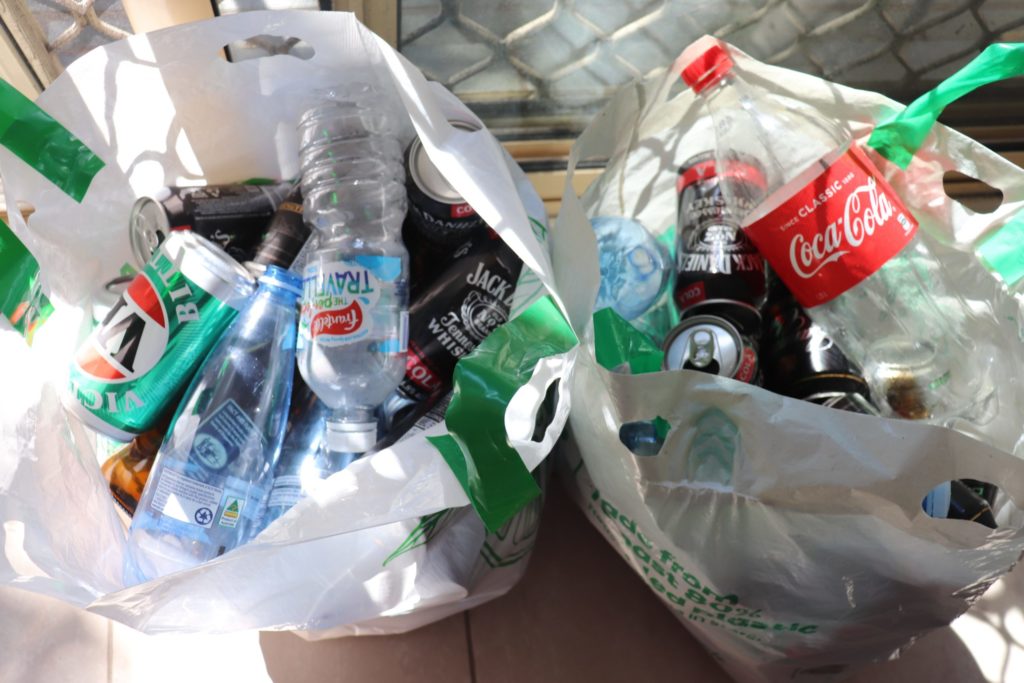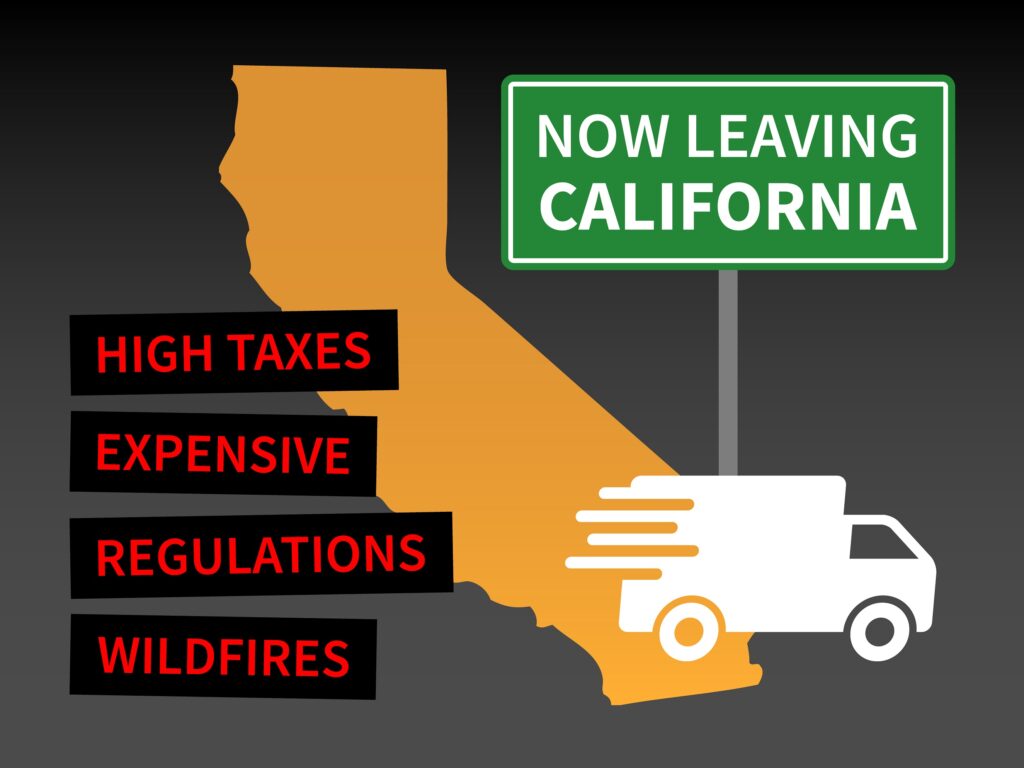Life In The Dry Lane
Granted, much of California is arid, with low annual rainfall totals. But ancient technology can turn dry regions wet, and there’s no shortage of resources to fill the pipes.
“California,” says PRI fellow Steven Greenhut, “actually receives enough water through rain, snowpack, and groundwater to fully meet the needs of its still-growing population.”
But policymakers have for decades blocked efforts to keep the water flowing, creating a man-made, virtually permanent drought. Today’s insufficiencies can be traced to the 1970s, when “coastal elites squelched California’s near-century-long commitment to building dams, reservoirs, and canals, even as the Golden State’s population ballooned,” writes Hoover Institution fellow and City Journal contributing editor Victor Davis Hanson.
Not only has construction of new water infrastructure projects been blocked, environmentalists have pressured policymakers “to divert precious water away from agriculture, privileging the needs of fish over the needs of people,” Hanson adds.
A “policy of scarcity,” says Greenhut, “backed by state-imposed limits and edicts,” has desiccated California.
So of course many Californians think that “the water just isn’t there,” even though it is, and can breezily suggest intrusive solutions that should be considered wholly unacceptable in an advanced economy.







